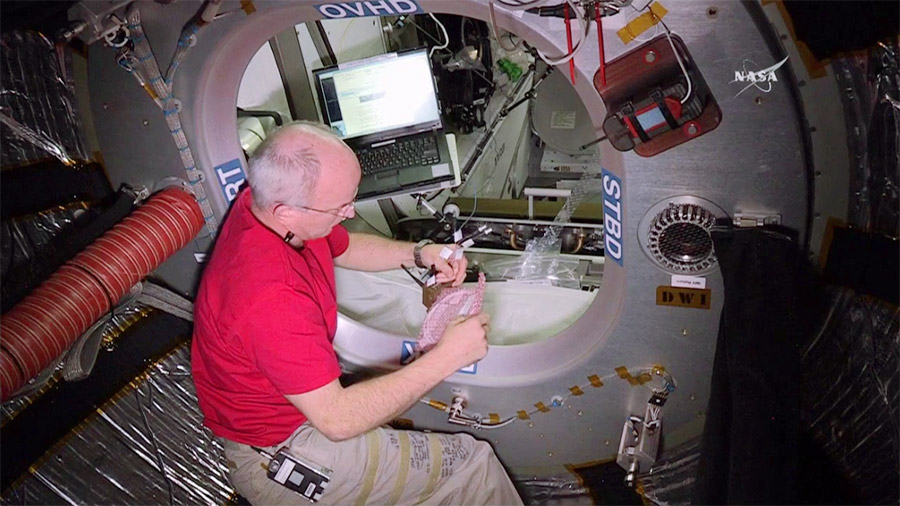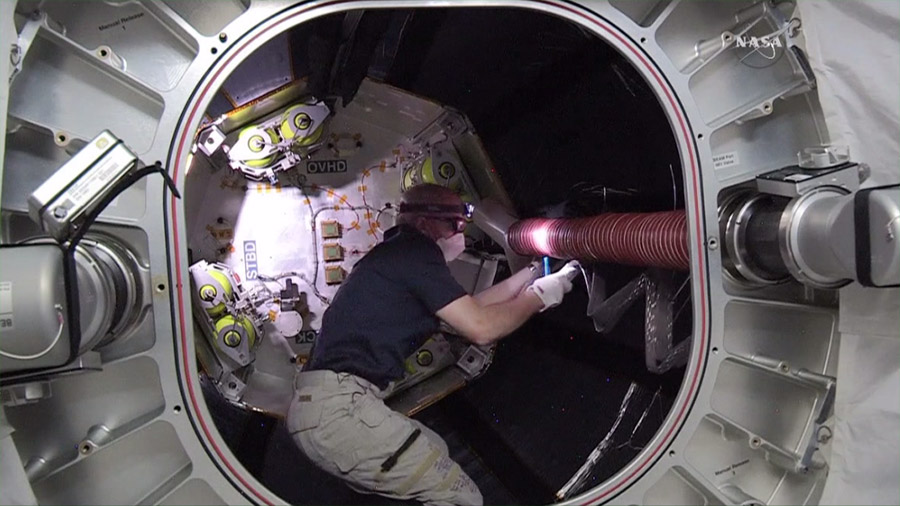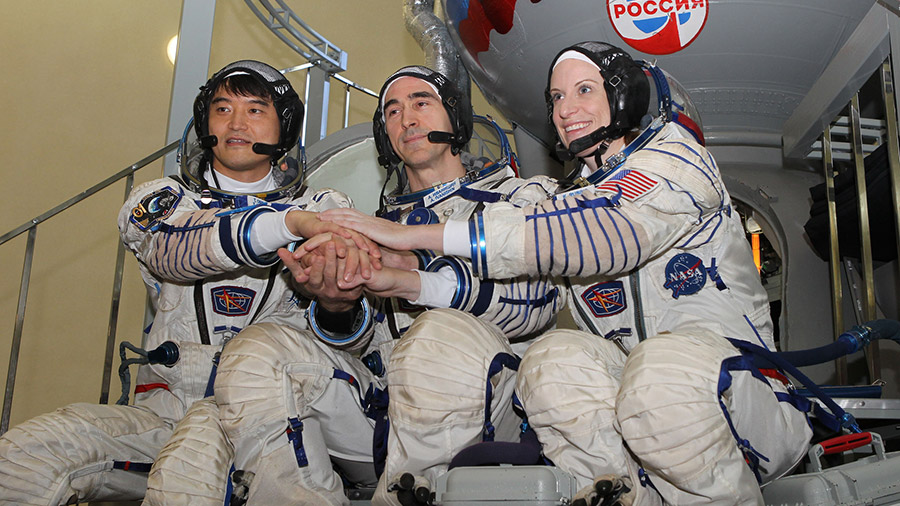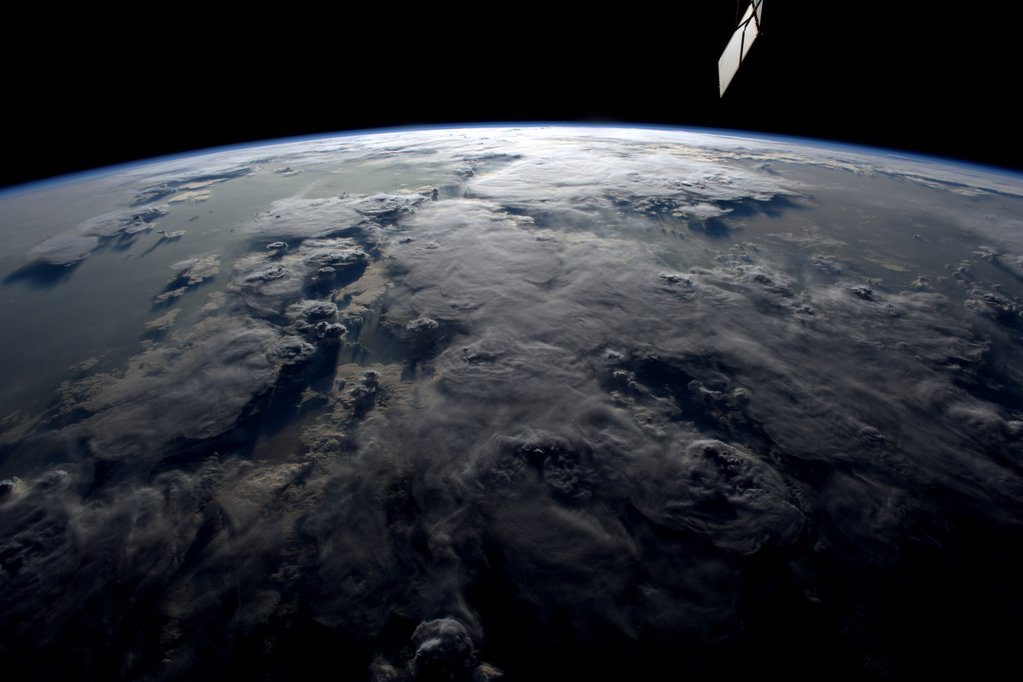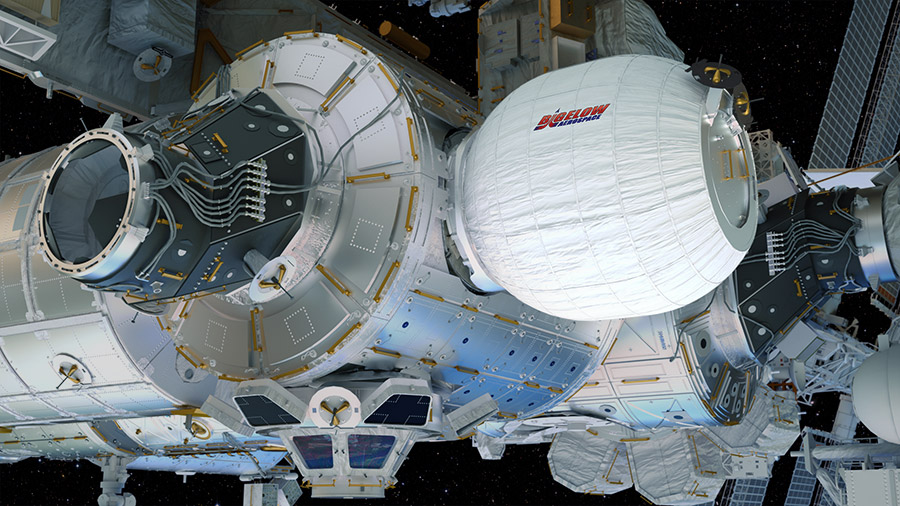
BEAM’s hatches have been closed completing crew operations for the month. Meanwhile, a pair of spaceships is also being packed for departure this month.
After three days of operations inside BEAM, the Bigelow Expandable Activity Module has been outfitted with sensors and other hardware. The next crew entry into the Bigelow Expandable Activity Module is targeted for August for more checks. BEAM will be attached to the International Space Station for two years of performance and durability tests.
Orbital ATK’s Cygnus space freighter is due to be released from the Unity module June 14 having arrived March 26. The Canadarm2 will grapple and release Cygnus into space where it will remain in orbit for tests until June 22. Three Expedition 47 crew members are counting down to their departure June 18. They are packing the Soyuz TMA-19M spacecraft that will return them to Earth after 186 days in space.
Today’s science activities included collecting air and breath samples for a bone marrow study. The crew also explored how astronauts adapt to detailed tasks requiring high concentration and also measured how lack of sleep in space affects cognitive performance.

